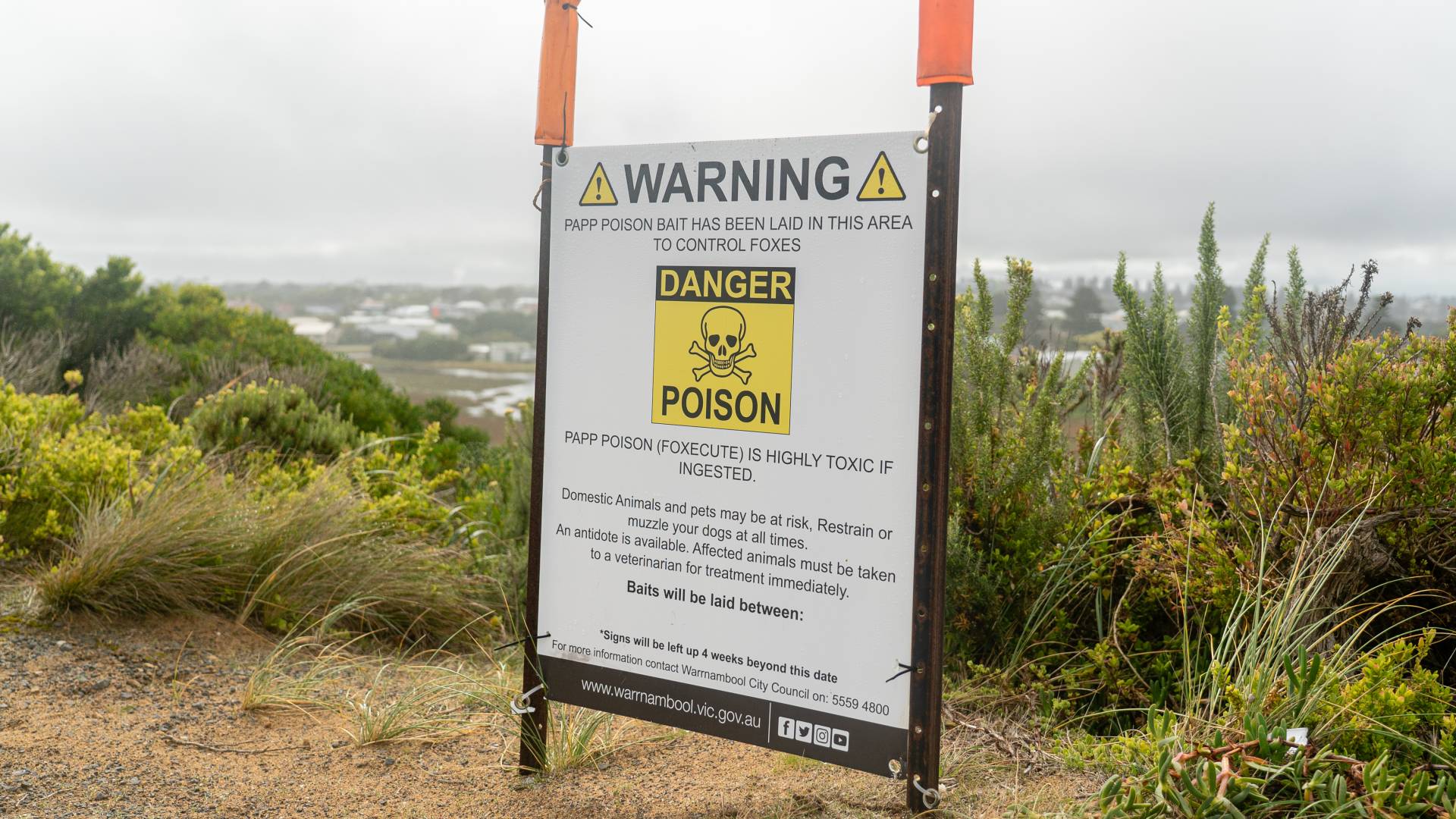Gonorrhoea, caused by the pathogen Neisseria gonorrhoeae, is the second most common bacterial sexually transmitted infection (STI). WHO estimates that 82.4 million people were newly infected with gonorrhoeae in 2020. Gonorrhoea has been and continues to be curable when treated with antibiotics. However, antimicrobial resistance (AMR) to gonorrhoea has increased over the past 50 years, rendering ineffective many classes of antibiotics including quinolones and early-generation cephalosporins. Resistance to many older antibiotics – the so-called last line of defense antibiotics – has made gonorrhoeae a multidrug resistant pathogen.
In September 2021 The Lancet Microbe published the latest results from a retrospective observational study of WHO’s global antimicrobial resistance surveillance (GASP/GLASS (1)) for Neisseria gonorrhoeae isolates from 2017–2018. Seventy-three countries contributed data to the biennial report on the status of antimicrobial resistance in gonorrhoea, which confirmed that resistant gonococcal strains are globally widespread.
Key data from the report note that the number of countries reporting gonococcal AMR have substantially increased compared with the previous global reports on gonococcal AMR. Data on at least one or more drugs were provided by the 73 countries reporting.
The WHO European Region had the highest number of reporting countries at 30, followed by the Western Pacific Region with 14 countries. Surveillance remains scarce in central America and the Caribbean and eastern Europe, and in the WHO African, Eastern Mediterranean, and South-East Asia Regions. The total number of gonorrhoea isolates examined for susceptibility to different antimicrobials varied from 12 895 for cefixime to 25 505 for ciprofloxacin in 2017, and from 15 876 for cefixime to 27 251 for ciprofloxacin in 2018.
The study reported decreased susceptibility or resistance to ceftriaxone in 21 (31%) of 68 reporting countries and to cefixime in 24 (47%) of 51 reporting countries. Resistance to azithromycin was reported by 51 (84%) of 61 reporting countries and to ciprofloxacin by all (100%) of 70 reporting countries. In many countries, ciprofloxacin resistance is extremely high, azithromycin resistance is rapidly increasing and resistance or decreased susceptibility to ceftriaxone and cefixime continue to emerge. Without new gonorrhoea treatments, there will be people with gonorrhoea infections that will be difficult to treat and cure.
“These may just be the tip of the iceberg, since systems to diagnose and report resistant infections are lacking in lower-income countries where gonorrhoea is actually more common,” said Dr Teodora Wi, Medical Officer, Sexually Transmitted Infection at WHO. WHO is currently strengthening gonorrhoea AMR surveillance through the Enhanced Gonococcal Antimicrobial Surveillance Programme (EGASP) in sentinel countries to ensure timely, comparable and quality assured data to inform treatment recommendations and policies.
Gonorrhoea can be prevented through safer sexual behaviour and consistent and correct condom use. When used correctly and consistently, condoms offer one of the most effective methods of protection against sexually transmitted infections, including gonorrhoea.
The Global Health Sector Strategy on STIs has set targets for reducing incidence of Neisseria gonorrhoeae infection by 90% by 2030. Recognizing that this reduction may be difficult to achieve with available interventions, and given increasing AMR, the Strategy has emphasized the need to develop effective gonococcal vaccines. No currently licensed gonococcal vaccines exist. However, interest in gonococcal vaccine development has been reinvigorated not only by the marked increases in gonococcal AMR, but also by mounting scientific data suggesting gonococcal vaccines are biologically feasible.
Addressing this promising new and potentially effective prevention intervention, today the WHO Departments of Sexual and Reproductive Health and Research; Immunization, Vaccines and Biologicals; and Global HIV, Hepatitis and STIs Programmes are launching a new document WHO preferred product characteristics for gonococcal vaccines to facilitate vaccine development, particularly for use in low-and middle-income countries. This document describes preferences for vaccine attributes that would help optimize global public health impact, including vaccine indications and target populations, considerations for safety and efficacy evaluation, and delivery strategies for potential vaccines against gonorrhoea.
“To control gonorrhoea, we need new tools and systems for better prevention, earlier diagnosis, and more complete tracking and reporting of new infections, antibiotic use, resistance and treatment failures,” said Dr Meg Doherty, Director of WHO’s Global HIV, Hepatitis and STI Programmes. “Specifically, we need new antibiotics, as well as accurate point-of-care diagnostic tests – ideally ones that can predict which antibiotics will work on each particular infection – and ultimately, a vaccine to prevent gonorrhoea.”
- Global Gonococcal Antimicrobial Surveillance Programme (GASP)
Global Antimicrobial Resistance and Use Surveillance System (GLASS)








